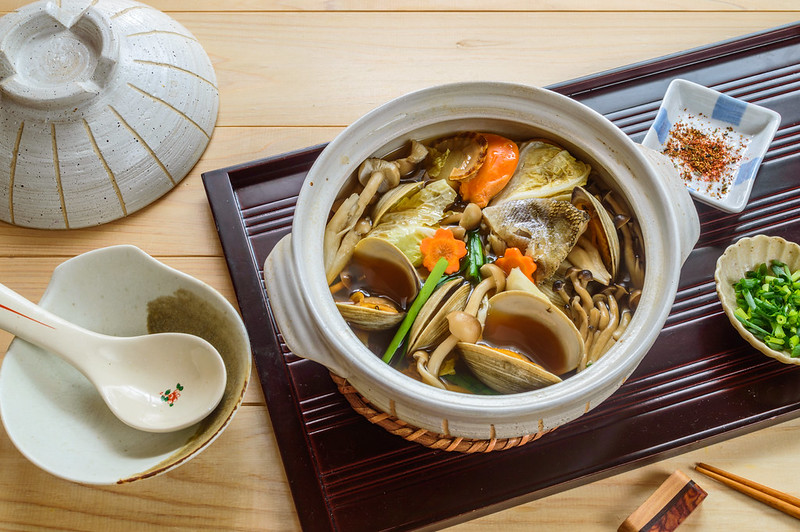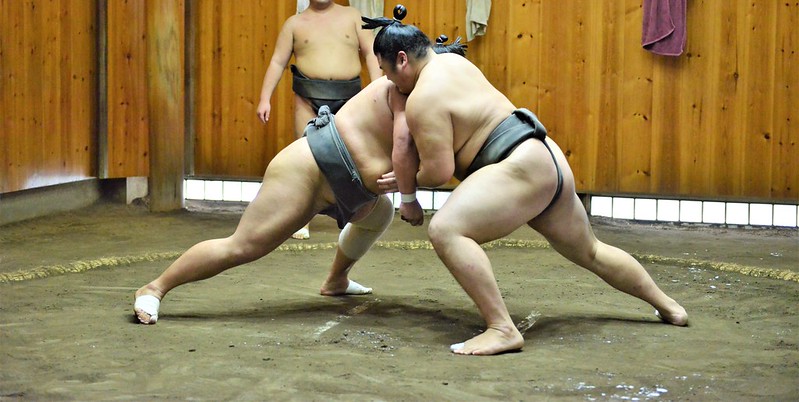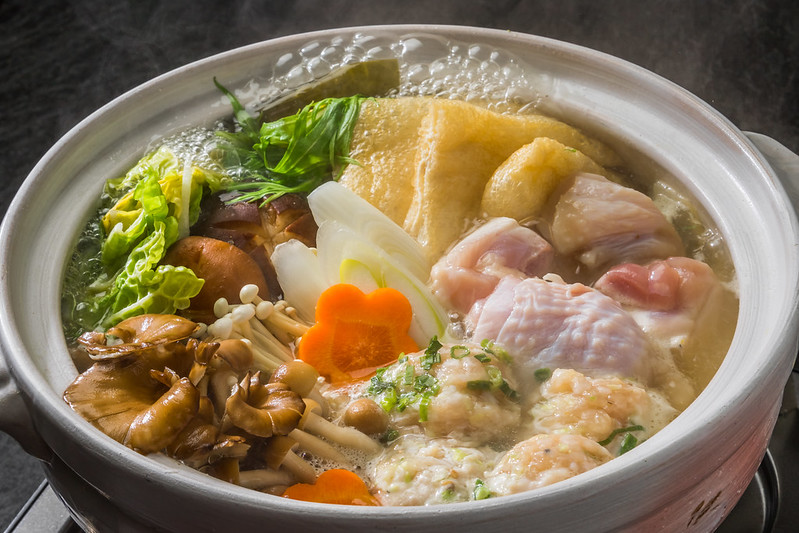
Chanko Nabe: The Sumo Wrestler’s Meal
Sumo, considered Japan’s national sport, is centuries old and thought to have entertained the Shinto gods. Sumo is a full body contact sport that involves two male wrestlers known as rikishi, who try to push each other outside a ring with the goal of getting any part of the other’s body to touch the ground aside from the soles of the feet. The ring, known as a dohyo, is elevated and is made of sand and clay. Wrestling bouts usually last a few seconds to several minutes. Many traditional ritualistic elements are still observed today in sumo matches.
Sumo wrestlers follow disciplined training. They live in a communal training complex also known as a “sumo training stable” (heya) where sumo discipline is followed in all aspects of their daily life, from how they dress to the food they eat.
Weight is an integral part of being a professional sumo wrestler. Sumo wrestling rules does not include weight restrictions or classes. A wrestler who weighs less can be matched with another wrestler who can be as much as double his weight. This poses a disadvantage for a wrestler in a sport where heft matters. Sumo wrestling is one of the sports that actually encourages weight gain for leverage. Sumo wrestlers are encouraged to eat hearty meals. The traditional sumo wrestlers’ feast is known as chanko nabe.
Chanko Nabe (ちゃんこ鍋) is a type of Japanese hot-pot stew or one-pot dish (nabemono) that is eaten in large amounts by sumo wrestlers as part of a weight-gain diet. The dish consists of chicken broth or dashi soup base with mirin or sake for flavor. There is no precise recipe for chanko nabe. The ingredients of the dish are often seasonal and whatever is available in the kitchen. The bulk component of chanko nabe is protein, which can be chicken with the skin on, fried fish balls, beef, tofu, and vegetables. The dish is actually reasonably healthy though protein rich. It’s just the gigantic portions that make the dish ideal for sumo wrestlers to gain weight. To make sure that the wrestlers really bulk up, rice and beer cap off their meals to add to the calorie count. The leftover broth can be used for udon or somen noodles.
Chanko Nabe is popular in many restaurants in Japan operated by retired sumo wrestlers who specialize in making the dish. Why not forget your diet for the day and enjoy some chanko nabe? It’s a great way to experience the unique culture of Japan.
